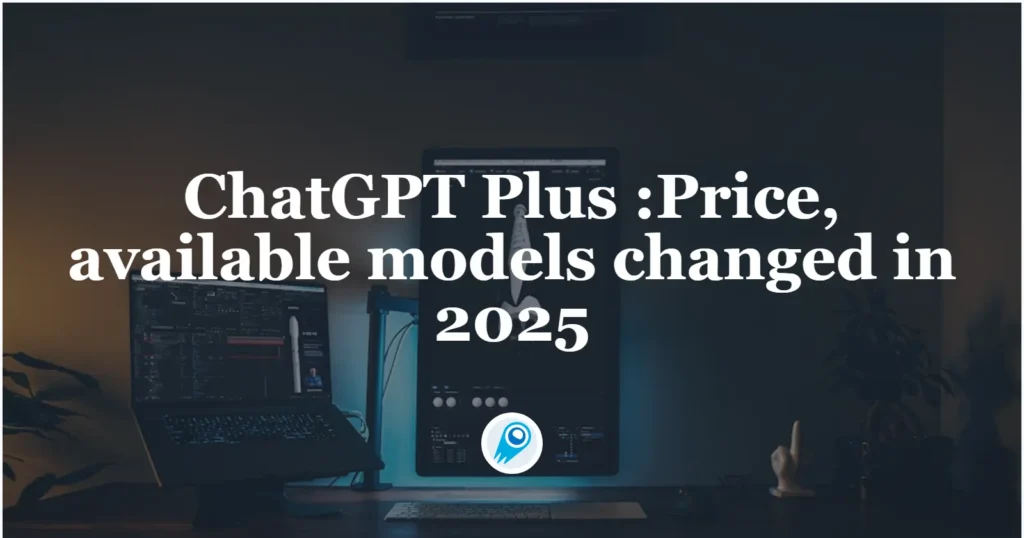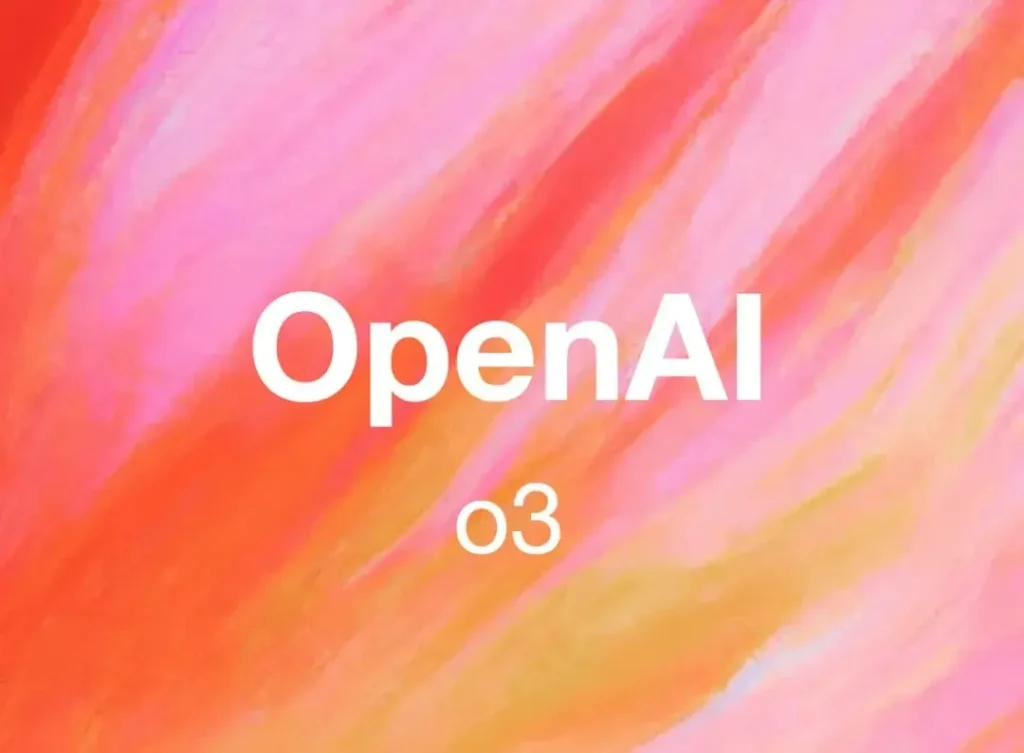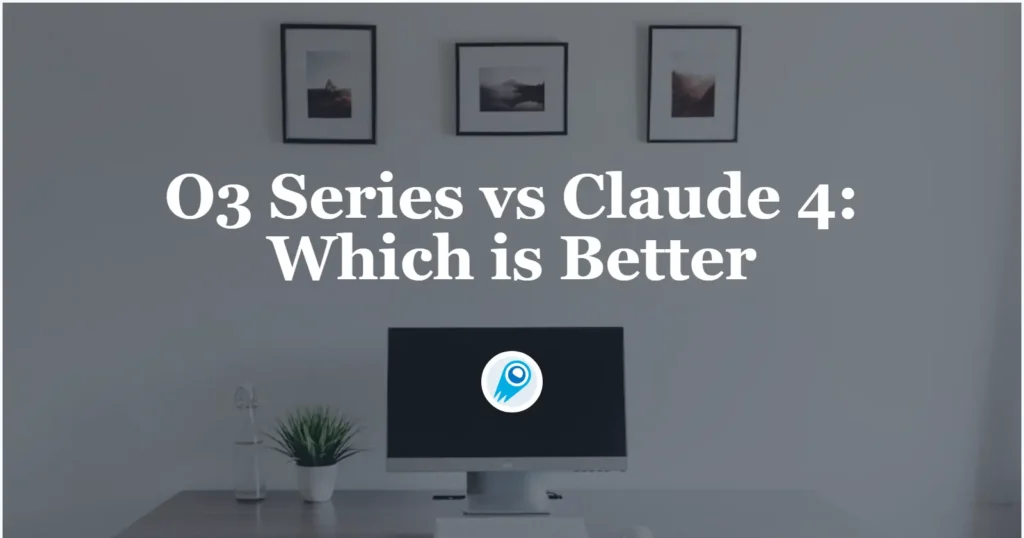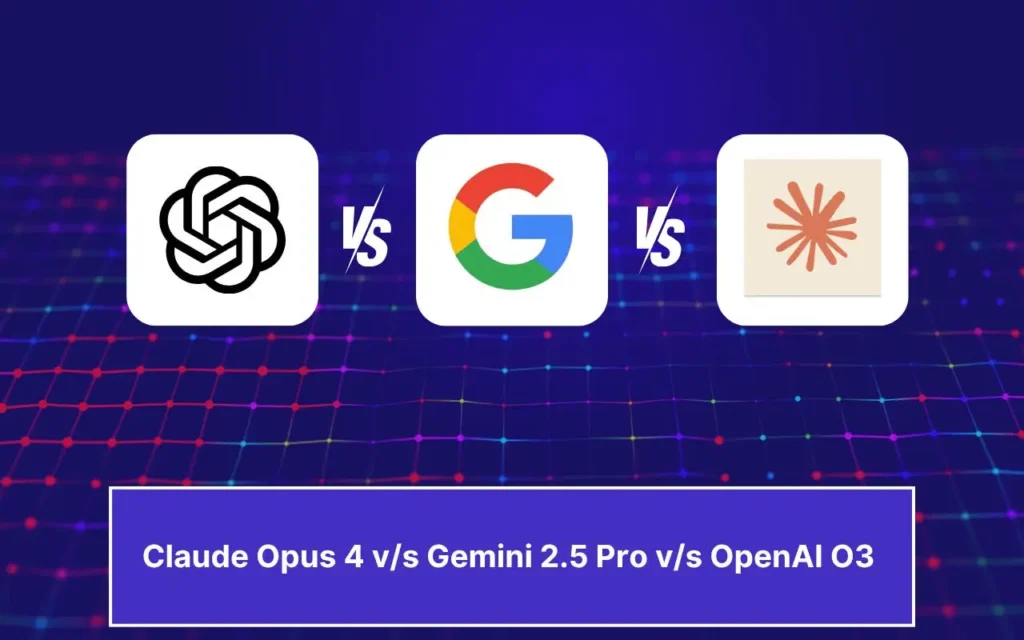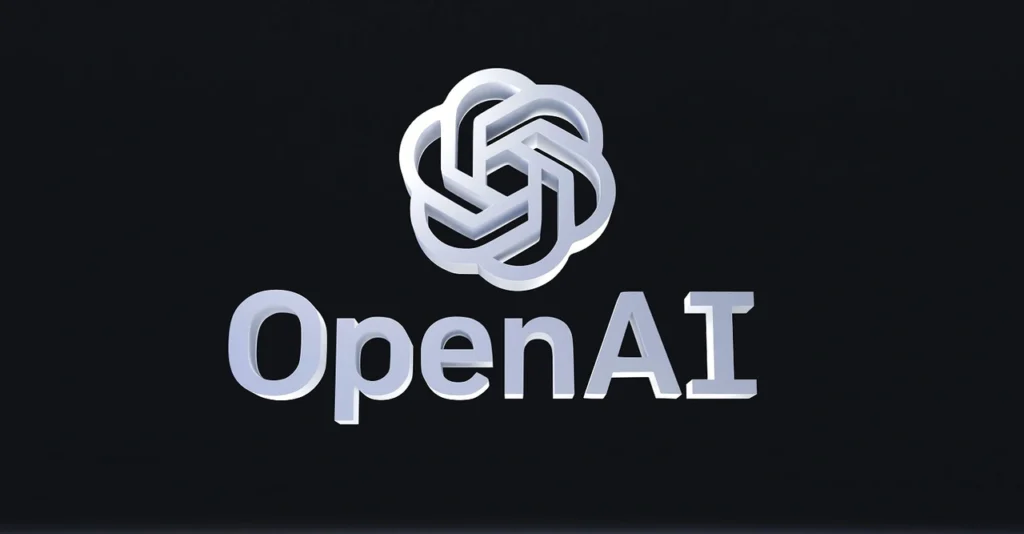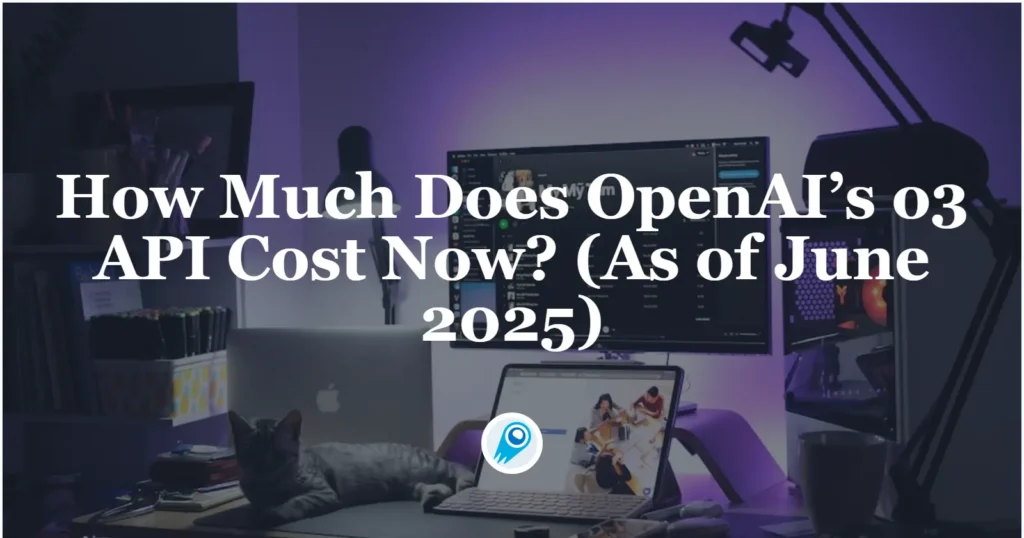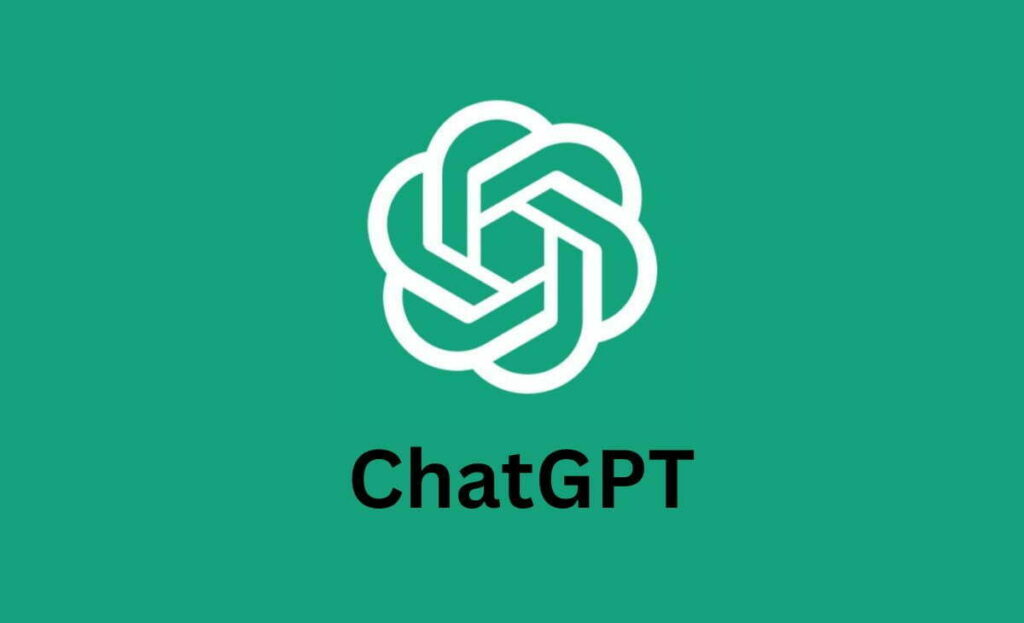In a fast-moving AI landscape, the dollar figure attached to a subscription can feel both simple and complicated. At face value, ChatGPT Plus remains a single-line item on many budgets: a monthly subscription that grants faster responses, priority access to features, and use of OpenAI’s advanced models. But the story around price — what you […]
Prompt OpenAI’s O3: Best Practices, Applications & Tips
OpenAI’s O3 model represents a significant leap in AI’s ability to adapt to novel tasks, particularly in complex reasoning domains such as mathematics, coding, and science. To harness its full potential, understanding the nuances of prompting is essential. This guide delves into best practices, specific applications, and expert tips to optimize your interactions with O3. […]
O3 Series vs Claude 4: Which is Better
OpenAI’s o3 series and Anthropic’s Claude 4 represent two of the most advanced reasoning-focused AI models available today. As organizations increasingly adopt AI to augment coding, complex problem-solving, and long-context analysis, understanding the nuances between these offerings is critical. Drawing on official release notes, third-party benchmark reports, and industry news, we explore how each model […]
O3 vs Claude Opus 4 vs Gemini 2.5 Pro: A Detailed Comparison
OpenAI, Anthropic, and Google continue to push the boundaries of large language models with their latest flagship offerings—OpenAI’s o3 (and its enhanced o3-pro variant), Anthropic’s Claude Opus 4, and Google’s Gemini 2.5 Pro. Each of these models brings unique architectural innovations, performance strengths, and ecosystem integrations that cater to different use cases, from enterprise-grade coding […]
Can openAI o3 be able to Write Good College Essays
As academic institutions grapple with the implications of AI-assisted writing, it is crucial to examine whether o3 can indeed craft essays that not only meet but potentially exceed the rigorous demands of higher education.
OpenAI Launches Deep Research API and Adds Web Search to o3, o3-Pro, and o4-Mini Models
On June 27, 2025, OpenAI officially opened API access to its Deep Research capabilities—empowering developers to automate complex, multi-step research workflows programmatically. Dubbed the Deep Research API, this new service exposes two purpose-built models—o3-deep-research-2025-06-26 for in-depth synthesis and “higher-quality” output, and the lighter, lower-latency o4-mini-deep-research-2025-06-26—via the standard Chat Completions endpoint. These models build on the […]
How Much Does O3 Cost per Generation?
Understanding the economics of using advanced AI models is crucial for organizations balancing performance, scale, and budget. OpenAI’s O3 model—renowned for its multi-step reasoning, integrated tool execution, and broad-context capabilities—has undergone several pricing revisions in recent months. From steep introductory rates to an 80% price reduction and the launch of a premium O3‑Pro tier, the […]
How Much Does OpenAI’s o3 API Cost Now? (As of June 2025)
The o3 API—OpenAI’s premier reasoning model—has recently undergone a significant price revision, marking one of the most substantial adjustments in LLM pricing. This article delves into the latest pricing structure of the o3 API, explores the motivations behind the change, and provides actionable insights for developers aiming to optimize their usage costs. What is the […]
Which ChatGPT Model Is Best? (As of May 2025)
ChatGPT has seen rapid evolution in 2024 and 2025, with multiple model iterations optimized for reasoning, multimodal inputs, and specialized tasks. As organizations and individuals weigh which model best fits their needs, it is crucial to understand each version’s capabilities, trade-offs, and ideal use cases. Below, we explore the latest ChatGPT models—GPT-4.5, GPT-4.1, o1, o3, […]
2025 ChatGPT Plus, Pro, Team Version Guide: Usage Limits, Prices & Selection
OpenAI’s ChatGPT now offers several subscription tiers—Free, Plus, Pro, and Team—each unlocking different AI models, features, and usage limits. This guide breaks down the current (May 2025) offerings for the Plus, Pro, and Team plans (with context on the Free tier) so you can choose the best option for your needs. We explain which GPT […]

